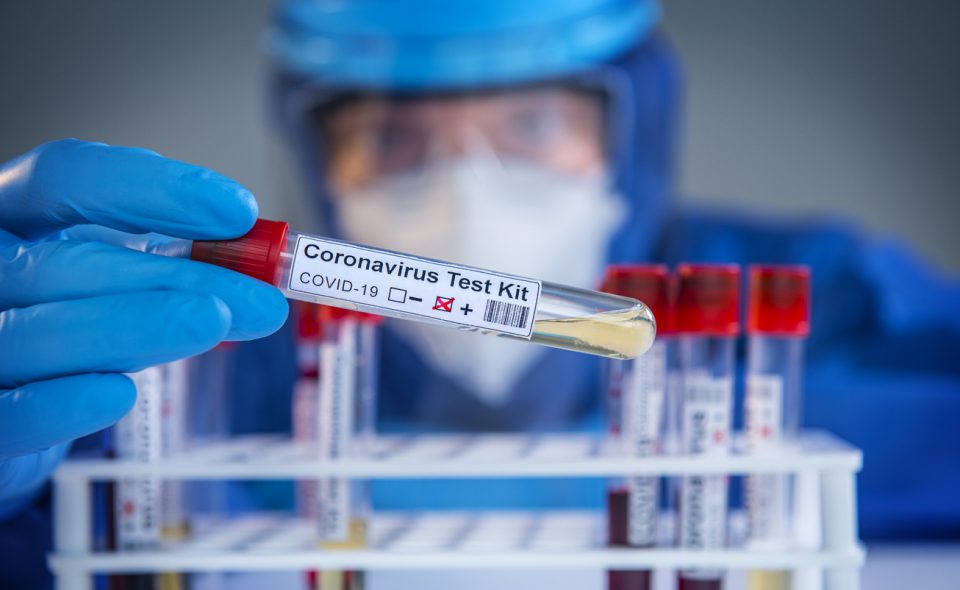
Amid COVID scare, active cases fall in Indian states – some log zero infections

Amid fears of a resurgence of the COVID-19 pandemic in several parts of the world, many Indian states have achieved zero-COVID status or reported zero-single day infections, indicating that all is well – at least for the time being.
The country on Tuesday (January 17) logged only 89 infections, the lowest since March 27, 2020, while the active caseload dropped to 2,035.
States reporting zero-active caseload
This comes a day after Delhi recorded no new COVID-19 cases in the past 24 hours, the first time since the pandemic broke out in March 2020.
Also read:Keep info flowing, urges WHO after China releases COVID death toll
The national capital was one of the worst-affected during the deadly second wave of the pandemic in March-April 2021 that had seen the Delta variant of Sars-CoV-2 infecting over half of Delhi’s population by February that year.
While the daily infection had fallen between December 2020 and March 2021, it steadily rose from 2,000 in April 2021 to 20,000 between March 31 and April 16, overstressing hospitals and triggering a lack of beds and oxygen cylinders, and eventually leading to deaths.
The national capital currently has an active caseload of 10.
On January 12 this year, Gujarat also achieved the distinction of reporting not a single COVID-19 case for the first time in 1,029 days or since the outbreak of the pandemic in March 2020. The active caseload of the state stands at 11, the lowest since March 2022.
While the active caseload in all the northeastern states, barring Meghalaya – which has one active case – is zero, Jharkhand, Andaman and Nicobar Islands, Dadra and Nagar Haveli, Daman and Diu, and Lakshadweep have no active cases at present.
Also read: Huge demand for Indian generic drugs in China amid Covid surge
Kerala ramps up measures to check infection
Kerala accounts for half of the country’s active caseload and is the only state to be logging it in four digits (1,300). The high number of active cases in Kerala is being ascribed to the huge influx of international traffic to the state as well as widespread testing done by the health department.
To bring down the infection rate, the state government recently put restrictions in place and made masks mandatory in public spaces, workplaces and gatherings while asking people to follow social distancing. The curbs will be applicable for a period of 30 days, beginning January 12, 2023.
Maharashtra, which was the epicentre of the pandemic in the second and the third waves, comes second to Kerala in logging the most active cases (134) followed by Karnataka (123), Puducherry (73) and Odisha (84).
All eyes on XBB.1
With XBB.1 being the most prevalent variant in the country at present, health experts say looking out for any new mutations through genome sequencing of samples and thoroughly screening passengers, would go a long way in preventing a fresh wave of the pandemic in India.
XXB is said to be the most immune-evasive sub-variant of the Omicron variant, and accounts for around 40 per cent of cases in the US and 63.2 per cent of the cases in India. It is also competed by the BF.7, BA.2.75 and BA.2.10 sub-variants, but to a much lesser extent.
Also watch: Do you need a second booster dose of COVID-19 vaccine? Here’s all you need to know
Even though the Centre took stock of its healthcare machinery in the wake of a resurgence of cases, caused by the BF.7 variant, in China towards the end of 2022, scientists have said India has no reason to fear as Omicron variants despite being highly-transmissible are less likely to cause hospitalisations or severe disease.
‘No need to panic’
“At the moment, India is doing fine. We have few cases, we have had the XBB and BF.7 for a while and they have not driven an upsurge in India. In the absence of an even more highly infectious variant, I do not expect a surge,” renowned virologist Gagandeep Kang tweeted in December 2022.
Other experts said the severity of the sub-variants of the Omicron variant is also less because Indians are armed with immunity, developed both through exposure to several variants during the past waves of the pandemic as well as due to vaccination.
According to the Union Health Ministry, over 220.17 crore doses of COVID-19 vaccine have so far been administered in the country.

